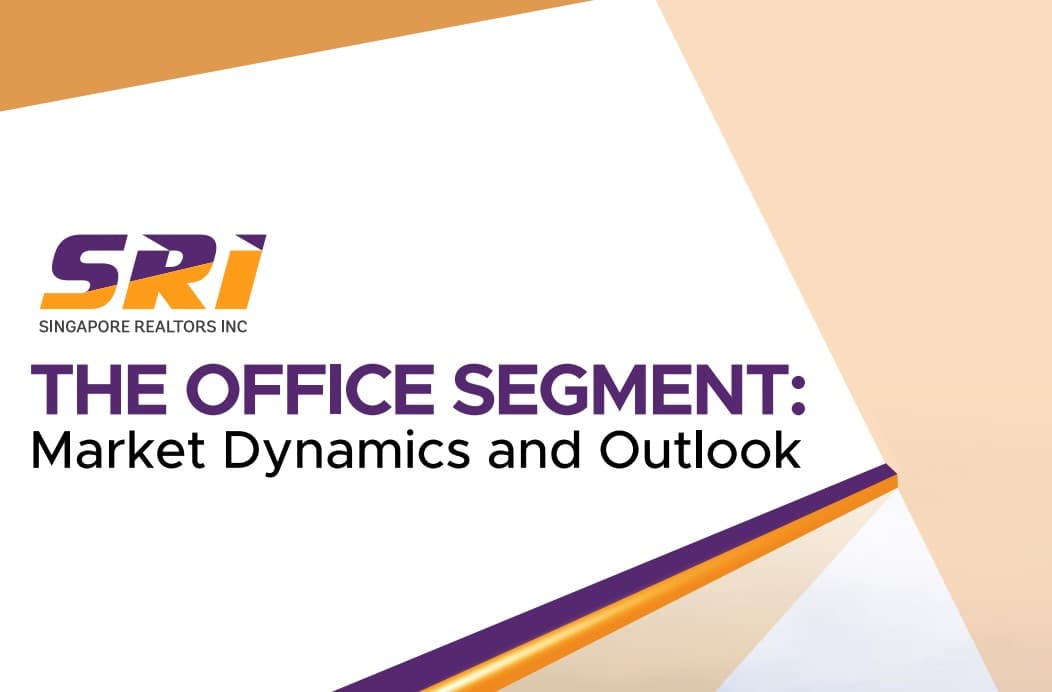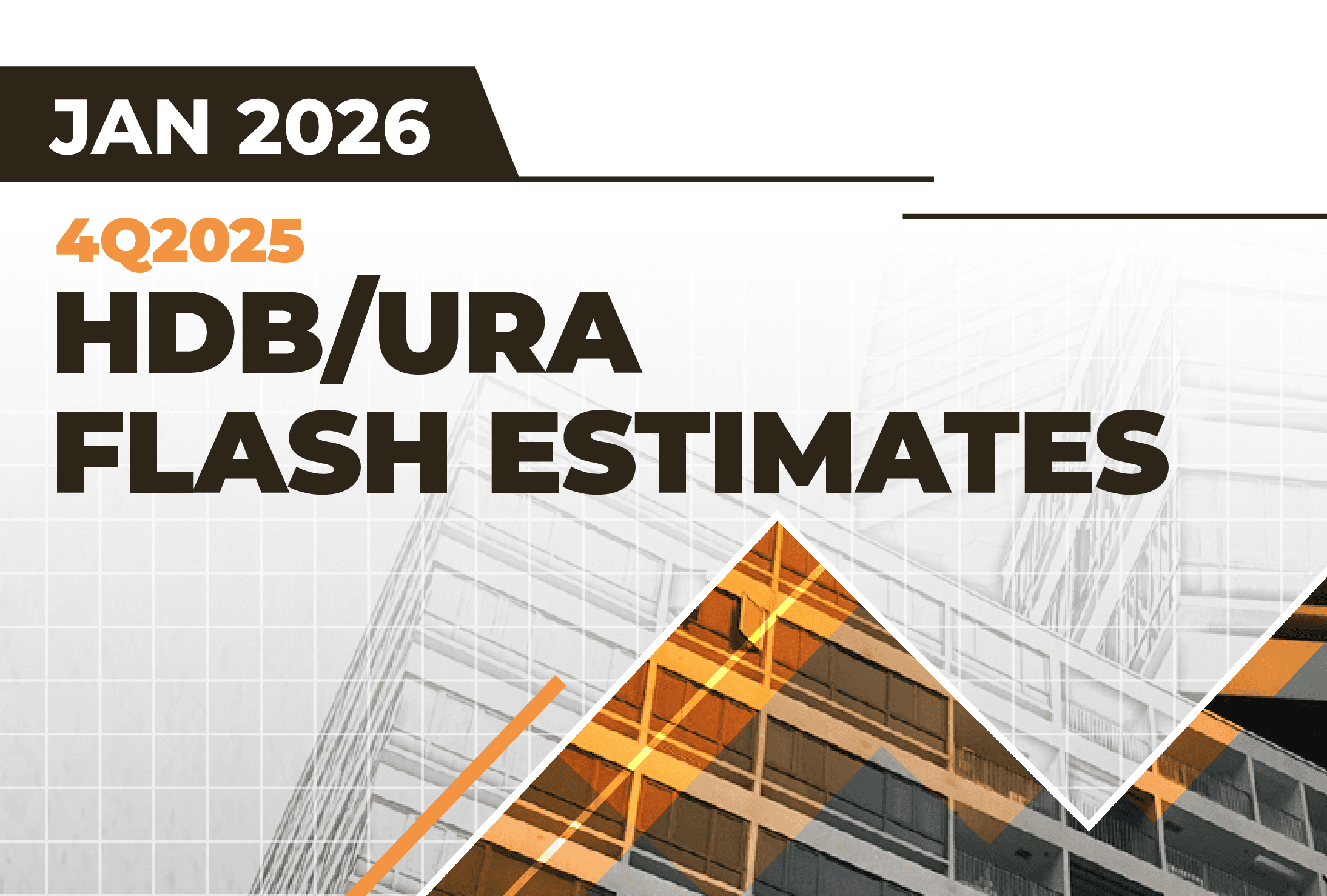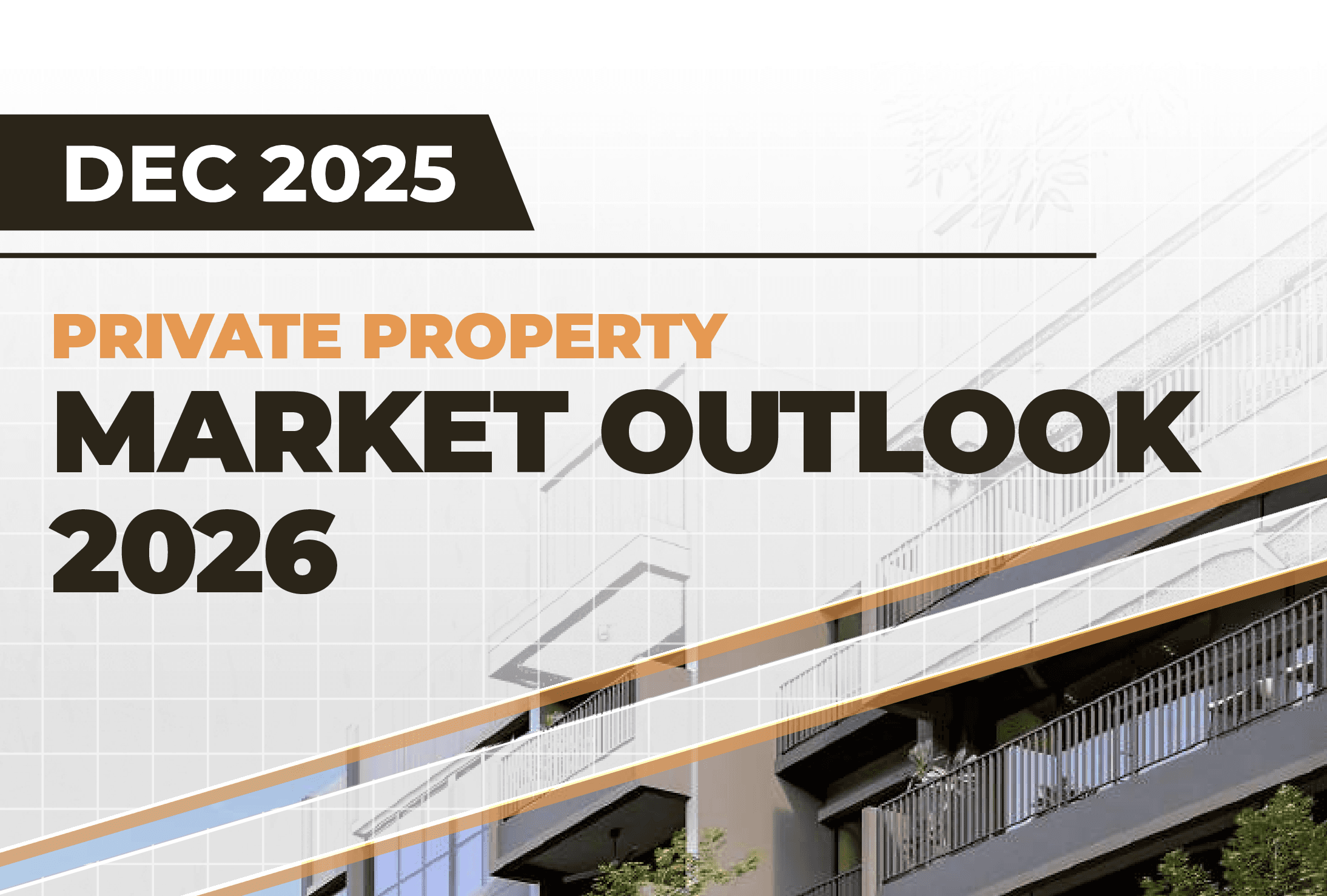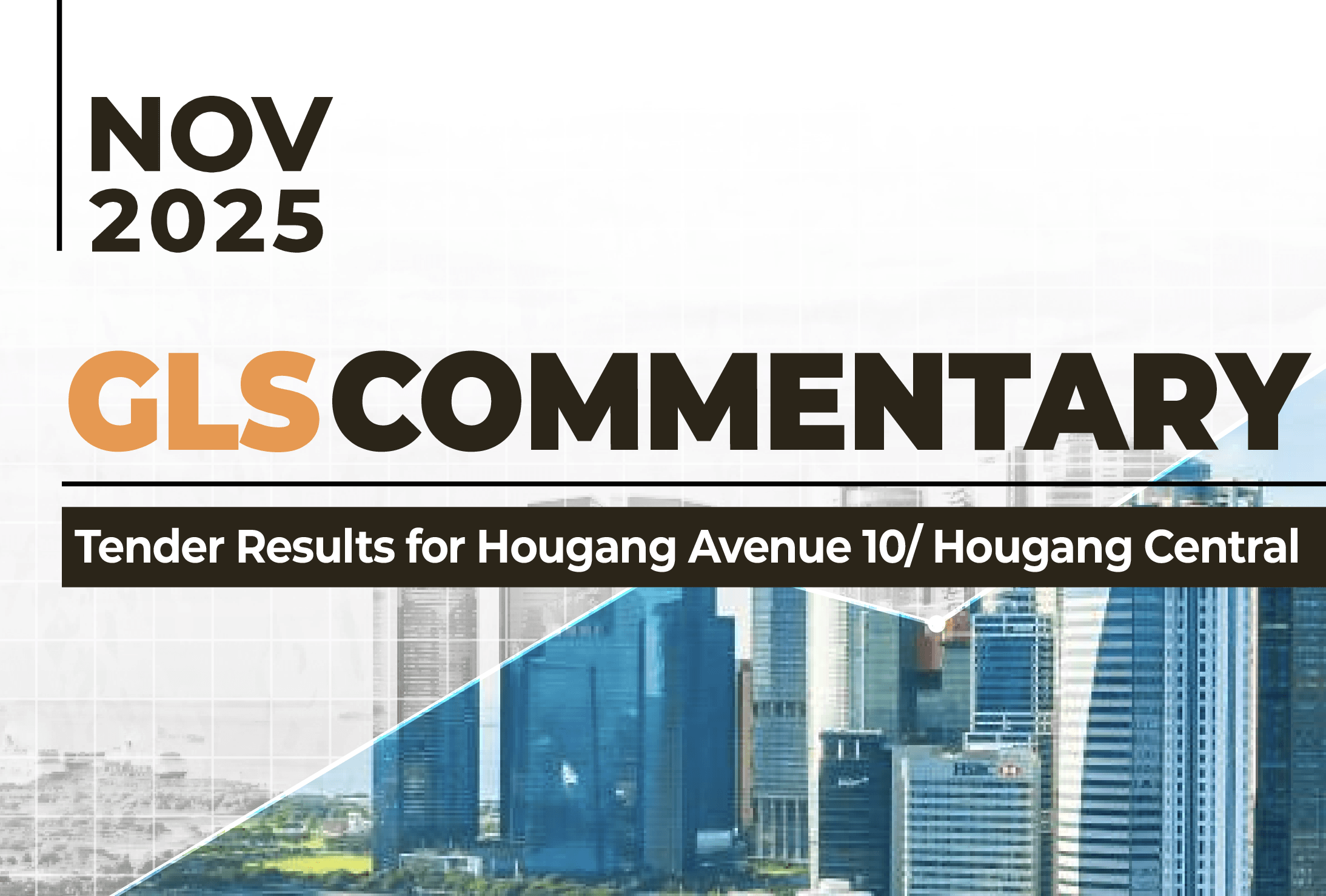Overview of the Singapore Office Market
The office market in Singapore is a vital component of the national economy, functioning as a hub for business operations, professional services, and corporate headquarters. In recent years, the market has undergone significant changes driven by economic shifts, technological advancements, and evolving work patterns. Singapore's dynamic and globally connected city environment continues to attract multinational corporations and startups, fostering a vibrant business ecosystem.
Impact of the Global Pandemic
The global pandemic accelerated the adoption of flexible work arrangements, leading companies to reassess their office space requirements. This has influenced the demand and supply dynamics of office spaces. Additionally, government initiatives, such as the decentralization strategy and the enhancement of business districts, have impacted the office market.
Economic Growth and Sector Performance
In Q1 2024, Singapore's economy grew by 2.7% year-on-year and 0.1% quarter-on-quarter. The real estate sector, specifically, showed a year-on-year growth of 0.6%. Significant growth was observed in sectors such as Information & Communications (6.3%) and Finance & Insurance (6.5%), driven by increased demand and higher transaction volumes.
Office Space Prices and Transactions
Office space prices showed signs of moderation, with the URA office price index indicating a reduction in the rate of price adjustments. Key transactions in the first four months of 2024 included significant deals such as the $33.3 million sale of a 21st-floor office unit at Vision Exchange in Jurong Gateway. This building is notable for its high-quality specifications and modern amenities.
Office Rentals and Vacancy Rates
The URA office rental index showed a moderation in office rents in the Central Region, with a slight decrease in Q1 2024. However, median monthly rentals increased in the Central Area and Outside Central Region. The volume of office rental transactions grew by 9.5% quarter-on-quarter, with a significant increase in the total leasing value. The island-wide vacancy rate for office space tightened from 9.9% in 4Q2023 to 9.6% in 1Q2024.
Future Outlook and Strategic Shifts
Businesses are exploring strategies such as moving out of prime locations, repurposing buildings, or investing in tech-enabled work environments. According to the Business Expectations Survey, business outlook remains positive, with a notable improvement in hiring demand. The number of business entities grew by 4.0% in the first four months of 2024.
Flexible Work Arrangements
Starting from December 2024, all employers in Singapore must consider formal requests for flexible work arrangements (FWAs). These guidelines aim to promote work-life balance while acknowledging that not all roles are suitable for FWAs. Employers are not obligated to approve every request, and the guidelines are not intended to influence business decisions regarding hiring practices or locations.
Conclusion
The report provides valuable insights into the current state and future outlook of the Singapore office market. It highlights the importance of understanding market dynamics, economic growth, rental trends, and policy impacts for strategic decision-making in the evolving office landscape of Singapore.
This summary aims to equip stakeholders with crucial information to navigate the office market effectively, ensuring informed business planning and investment decisions.
Click here for the full report
Prepared By:
Mohan Sandrasegeran
Head of Research & Data Analytics




